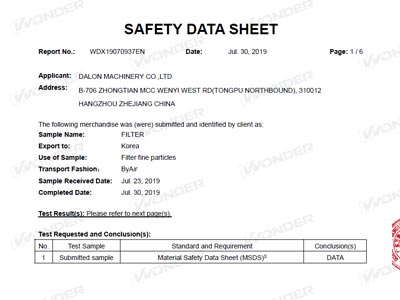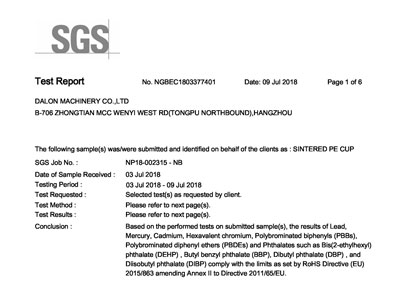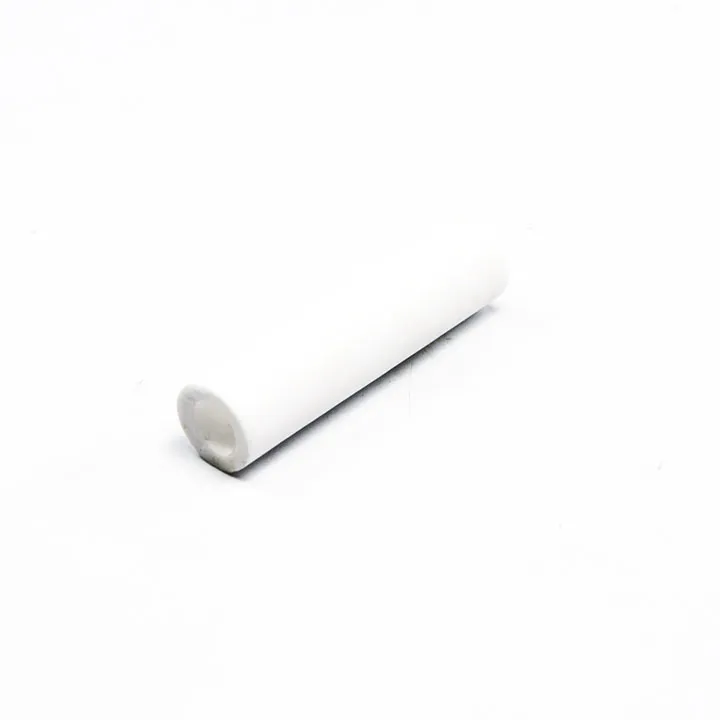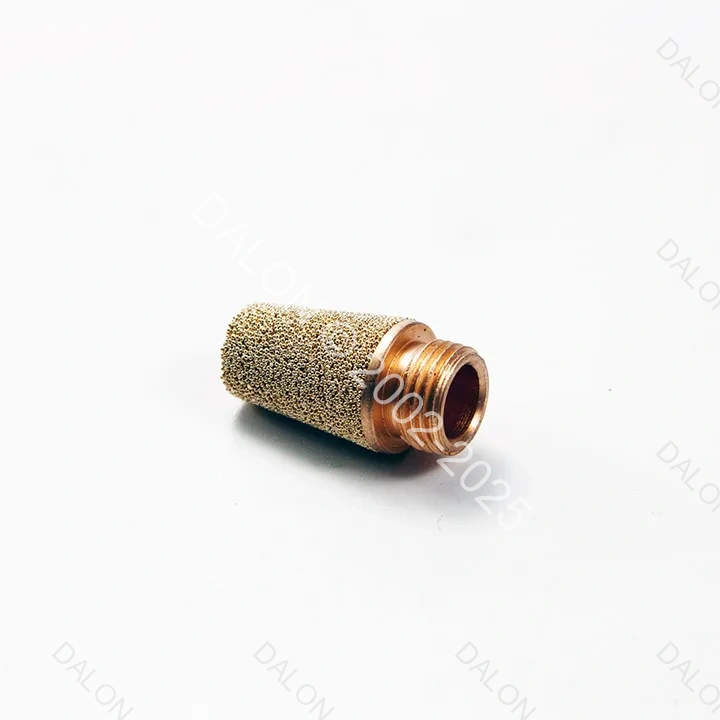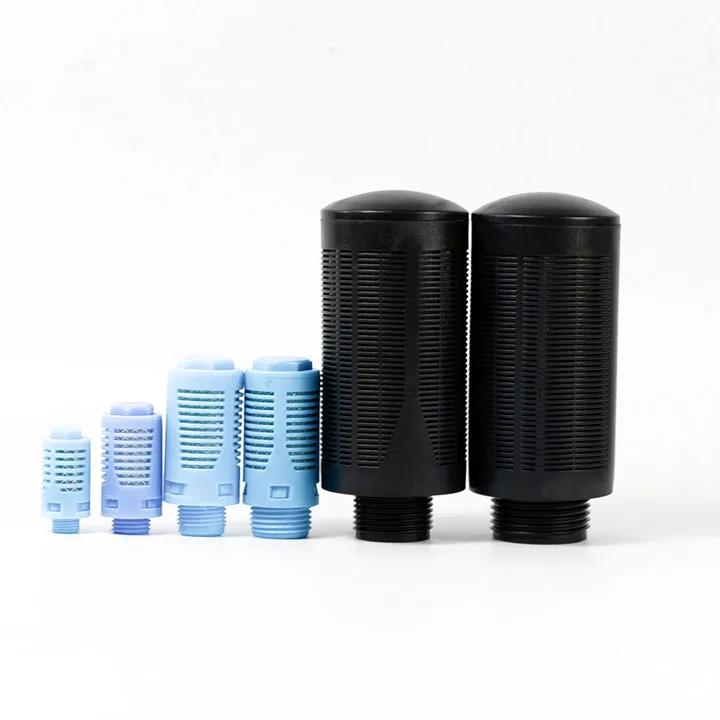Bubble Point Testing: Validate the Integrity and Pore Size of Sintered SS316L Disc Filters
Learn how bubble point testing verifies pore size and integrity in sintered SS316L filters. Follow ASTM F316 standards and discover DALON’s certified testing methods.
Read More
